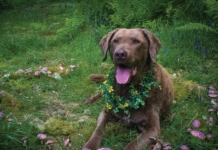It was a typical witchy tween of the early aughts—wearing black lipstick that smelled a bit like sour candle wax, pairing dark JNCO-knockoff jeans with black high-top Skechers. During sleepovers with friends, we’d always watch The Craft, attempting to lift each other up with just the tips of our fingers (“Light as a feather, stiff as a board”). At eighteen I discovered tarot cards and fell in love with the rich dreamscape of their symbolism, and even today I own a dozen decks. My favorite: The Tarot of the Pagan Cats.
I never subscribed to any one form of witchery, nor did I ever join a coven. I just knew that my personal definition of witchery—the understanding that there are unseen worlds and forces we interact with, and that we can influence these worlds (and thus our own world) with rituals and intention—felt as familiar and warm as the oversize tan teddy coat I pull out of storage every late fall. I know now that this familiarity exists because I was raised with a distinct Mexican-American witchery, or brujería.
In my childhood home, if you were accidentally cursed by the evil eye, you could figure it out by being blessed with an egg and then cracking the egg open to see what it held inside. If the yolk was all yellow, you were in the clear. If it had a line of blood—you needed to be cleansed. Lie down on the floor and let your abuela sweep all around your edges with her cornstalk broom.
Was there a thunderstorm coming? Cover the mirrors, ’cause we all know that lightning is vain and will try to take a peek at itself if you don’t. Don’t want the storm to descend? Get your mother to grab a big knife from her kitchen, then climb onto the roof and slash at the clouds so that the thick gold sunlight can reach right through, breaking the rain away.
One of the most compelling things I was taught about the world is that your soul is made up of layers, or pieces. And if you go through something traumatizing enough, a piece of your soul will run and hide, and you need a curandera to help it come back to you. Almost every Indigenous group around the world has a healer who can traverse the unseen worlds in search of a soul piece or answers. (Some anthropologists call them all shamans, though every group has their own name for this role.) In my family, my grandmother calls the soul pieces back.
My Mexican lineage has experienced centuries of colonial racism, suppression, and forced assimilation, and still these pre-Columbian practices remain. It’s seriously a testament to how powerful they are, how powerful we are, to have survived such attempts at erasure with decades and decades of white supremacist violence.
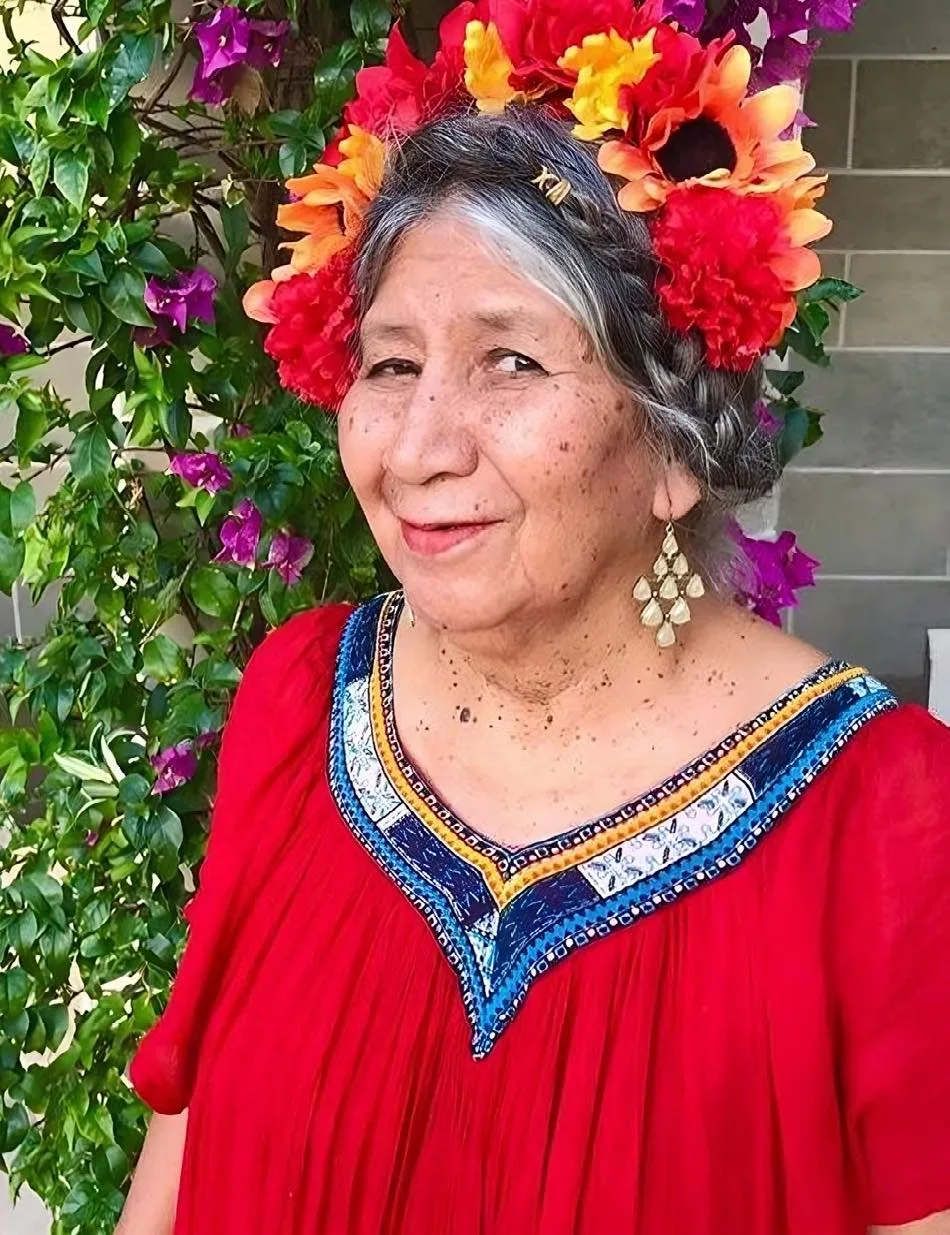
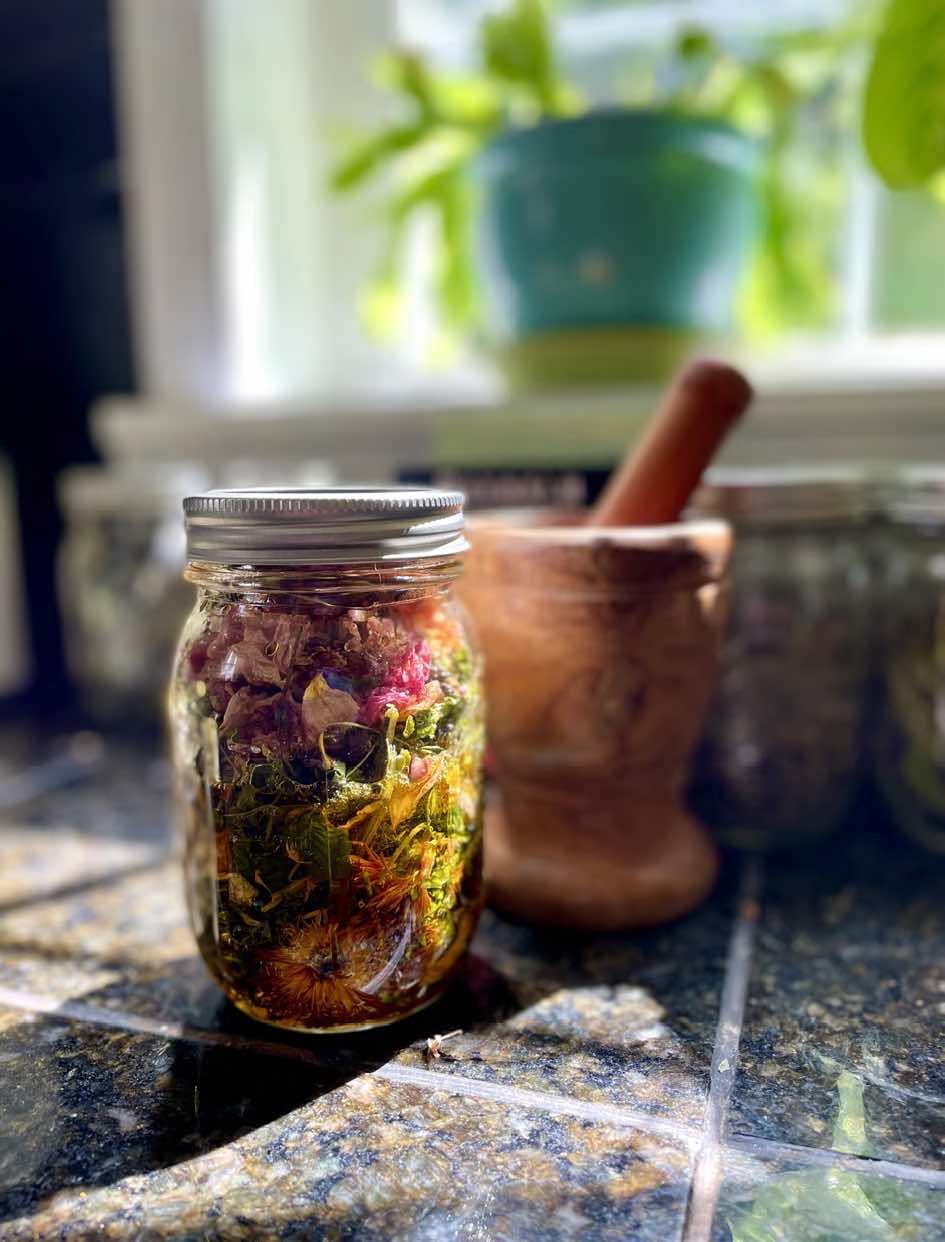
Even with all the rituals and worldviews that have survived, sometimes we just don’t know the “why” behind it. Why can Mom cut clouds out of the sky? How does that work? We don’t know. There is knowledge that is forever lost to colonization, no matter how hard I try to put the pieces together, whether it is through DNA analysis, visiting my ancestral lands in Texas, or genealogical research. No matter how often I try to subtract the pieces that do not belong—religious trauma, internalized racism, and intergenerational trauma—to find the truth they are laid atop of, I have to accept that some of this knowledge is gone for good.
I remembered this when I wrote my novel Witch of Wild Things. In the book, the Flores sisters are Mexican-American women who have been cursed with gifts: the ability to make plants grow at will, the ability to communicate with criaturas, or creatures, and the ability to control the weather. No one in the Flores family knows why these gifts exist or where they came from. The main magic of the book’s world doesn’t come from incantations and wands and origin stories. It comes from each sister knowing, in her own way, that she is inextricably connected to all the worlds, both the ones we can see and the ones we can’t.
It reflects the way I incorporate brujería in my life today. I listen to my plants speak, without knowing the “how” or the “why.” I write prayers into little scrolls and bury them in my garden to grow, without knowing anything about how it works. I gaze out my office window—as I am doing right now—and I know the trees that sway in the wind, in every green imaginable from forest to lime to silver, that if they wished, they could look right back at me. I have seen their faces. I have seen their eyes. How? Why? I don’t know. And that’s okay.
My ancestors, the ones who knew many of these answers, are in my sangre, my blood, my DNA. There is so much lost that when I think about it—the lives, stolen; the books, burned; the temples, destroyed—I want to weep. But then I remind myself that the connection to my blood, to the magic that I was raised with, is always here with me. In Witch of Wild Things, my main character, Sage, repeats, “In the beginning, there were only gods. Gods and this earth.” The gods still walk this earth in the world of my book, but I believe they still walk this world too. And we can connect with them, each of us to the specific gods of our ancestors, and their hidden worlds, and their unseen forces, whenever we wish. That is brujería—or witchery—to me.
Follow Raquel on Instagram @raquelvasquezgilliland_poet.
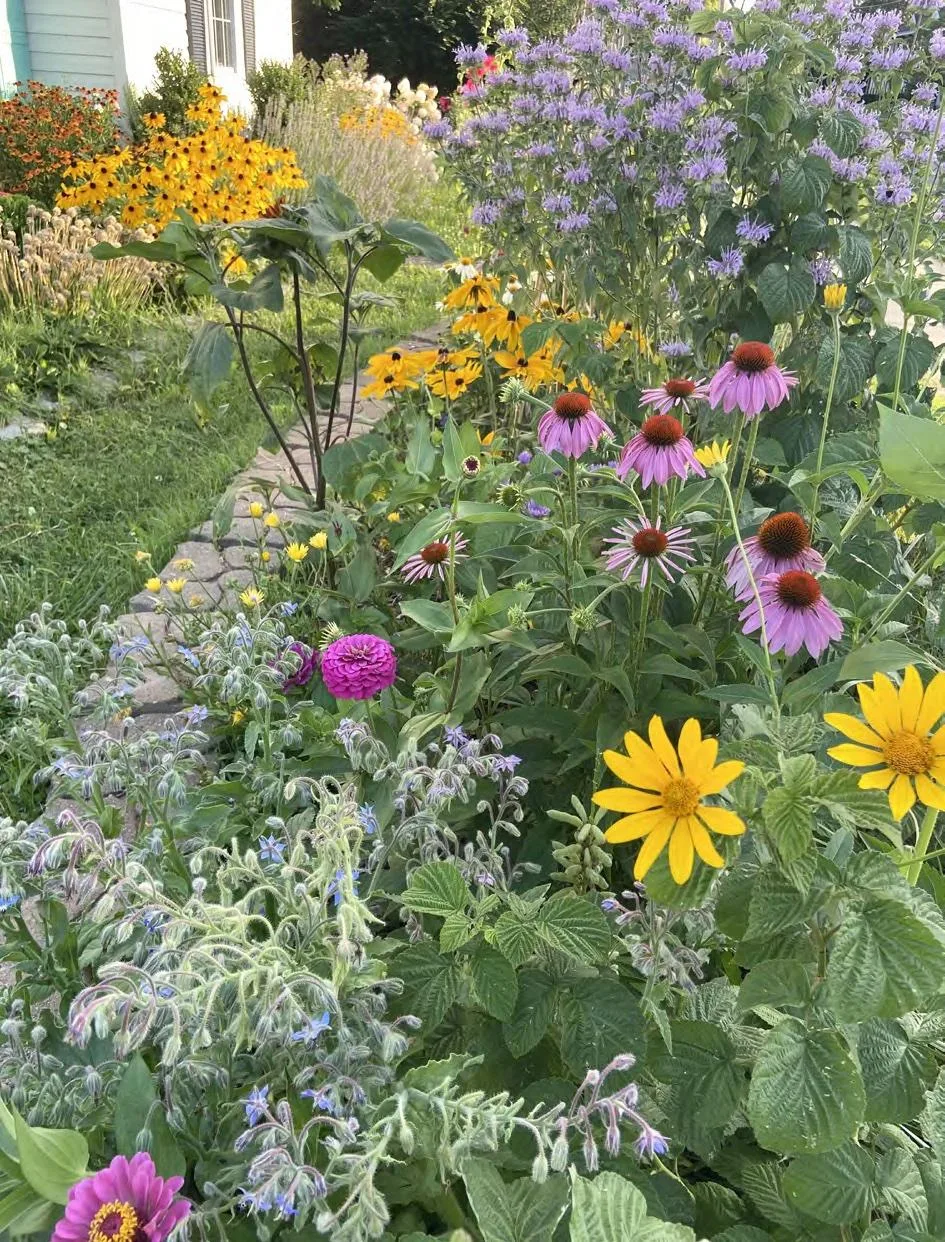
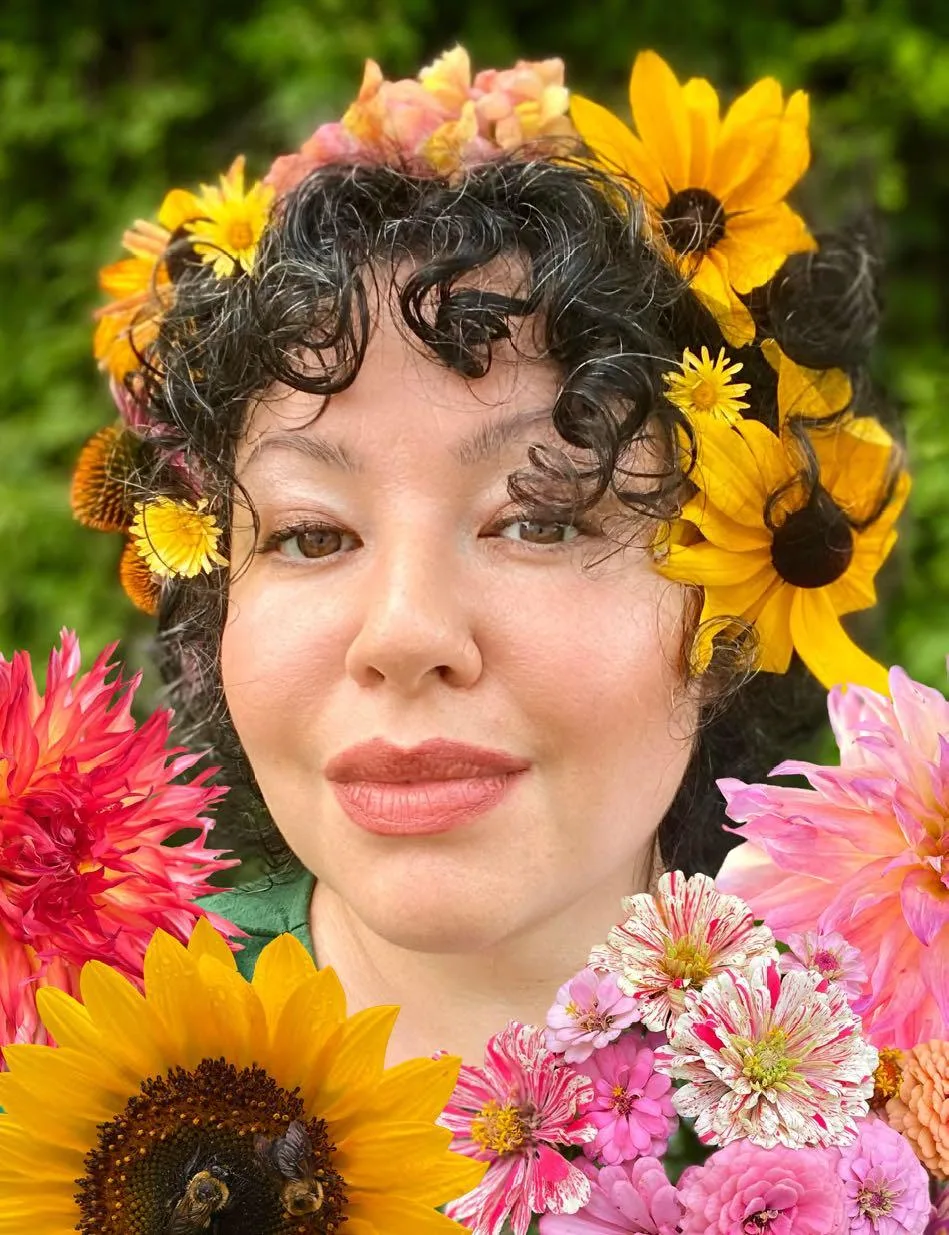




























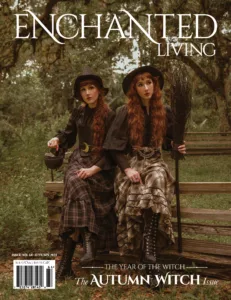 Enchanted Living is a quarterly print magazine that celebrates all things enchanted.
Enchanted Living is a quarterly print magazine that celebrates all things enchanted. 